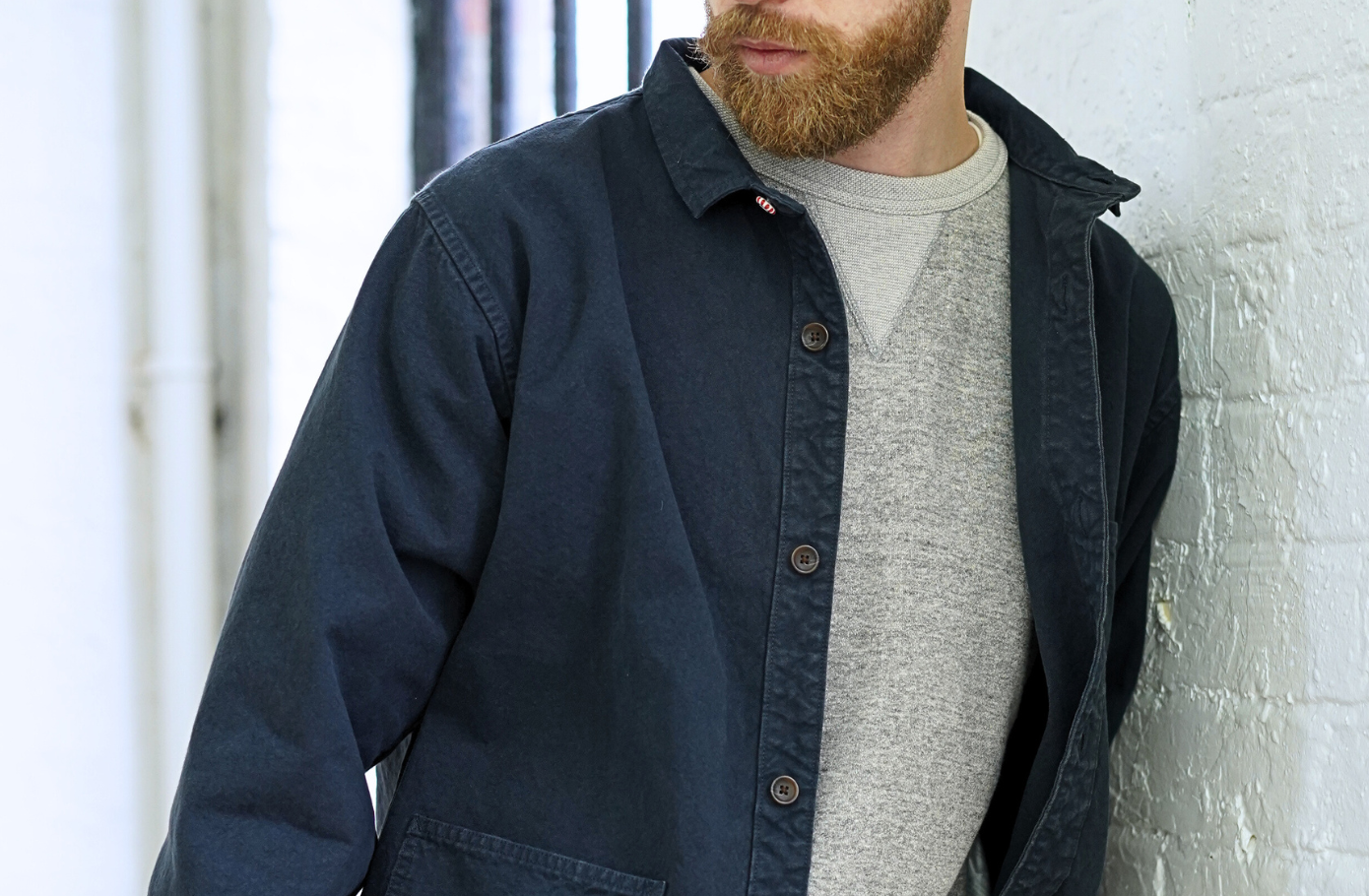
There exists a fascinating intersection between modern fashion and historical craft, where certain traditional processes prove impossible to replicate with contemporary technology. This truth stands at the heart of SEUVAS's decision to embrace logwood dyeing, a centuries-old technique that continues to produce what many consider the perfect navy blue – a color so valuable it once set pirates to sea and shaped the courses of empires.

From Maya Medicine to Spanish Gold
The story of this remarkable dye begins in the dense forests of Central America, where Spanish colonizers first discovered the indigenous Maya using logwood not only for its striking color but also for its medicinal properties. The Spanish Crown quickly recognized the tremendous value of this resource, establishing a strict monopoly over its harvest and trade. This monopoly was so fiercely protected that unauthorized logwood cutting became punishable by death.
Yet the allure of logwood proved too powerful to contain. British pirates, recognizing the immense value of this "black wood, " began raiding Spanish ships and establishing clandestine logging camps along the coast of what is now Belize. These raids weren't mere acts of opportunism – they were calculated attempts to control what had become one of the most valuable commodities in the Atlantic trade, pound for pound worth its weight in gold. The pirates' involvement in the logwood trade became so significant that it helped establish British Honduras (modern-day Belize) as a British territory.

The modern scale of logwood trade - with the United Kingdom alone importing 50,000 tons yearly - speaks to its enduring relevance. The finest logwood still comes from historical sources: Campeachy, Honduras, St. Domingo, and Jamaica, where specific growing conditions create wood with superior dyeing properties. Each three-foot log is carefully selected at precisely eleven years of growth, continuing a tradition of quality that dates back centuries.
As the dye made its way into European markets, it quickly became associated with power and prestige. Napoleon Bonaparte, known for his attention to military aesthetics, specifically chose logwood-dyed fabrics for his navy blue military coats, recognizing both their superior color fastness and the depth of their hue. This same dye would later prove crucial during times of global conflict – during both World Wars, when German aniline dyes became unavailable, Western militaries returned to logwood for their uniform production. Even during the American Civil War, this same dye colored the uniforms of Union soldiers, proving its reliability under the harshest conditions.

Sewing Science and Tradition
What makes logwood truly remarkable is its resistance to technological replacement. In an era where nearly every natural process has found a synthetic alternative, logwood continues to stand alone. Its complex molecular structure creates a navy blue of unmatched depth and character, one that modern chemistry has been unable to duplicate. This isn't merely about color
– it's about the way the dye interacts with natural fibers, creating a living shade that gently evolves with the garment over time. The process itself requires the same careful attention to detail that Spanish master dyers employed centuries ago. Each batch must be precisely prepared, with temperature and timing carefully controlled to achieve the perfect shade. This isn't the rapid, automated dyeing of mass production – it's a deliberate process that demands expertise and patience. The same properties that made this dye valuable to the ancient Maya civilization continue to make it irreplaceable today.

SEUVAS's choice to use logwood represents our broader philosophy about clothing production. When European nobility once demanded this specific dye for their garments, it wasn't just for its striking color – it was for its unmatched quality and longevity. These same qualities are what draw us to it today. Each garment we produce carries within its rich navy hue a connection to centuries of textile history, from Spanish galleons to Napoleonic battlefields, from pirate raids to modern workwear.
When you examine a SEUVAS garment, you're looking at more than just another navy blue piece. You're seeing the result of an unbroken chain of craftsmanship, a color that was once worth dying for – literally. The same blue that graced Napoleon's wardrobe and sparked colonial wars now brings its depth and character to contemporary fashion, proving that some things truly cannot be improved upon.
In choosing logwood dyeing for our garments, SEUVAS isn't just preserving a historical process – we're maintaining a standard of quality that centuries of use have proven irreplaceable. It's a testament to our belief that true quality doesn't always mean embracing the newest innovation, but rather recognizing when traditional methods remain unmatched by modern alternatives. In every piece we produce, we carry forward a legacy that has survived pirates, wars, and technological revolutions – because sometimes, the old ways truly are the best ways.
